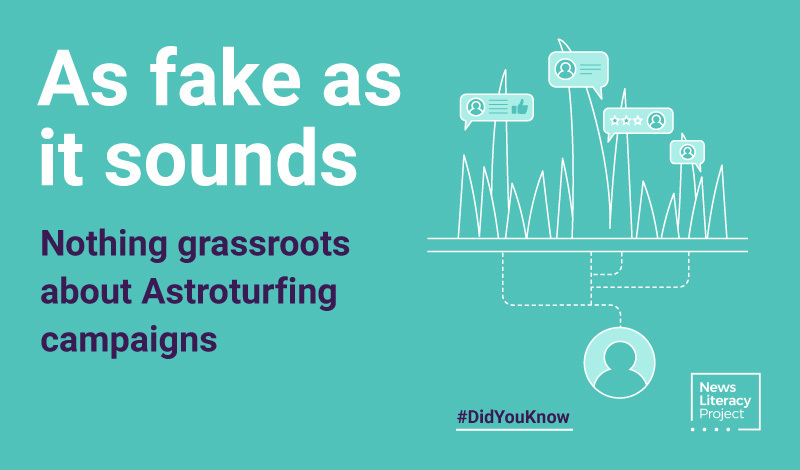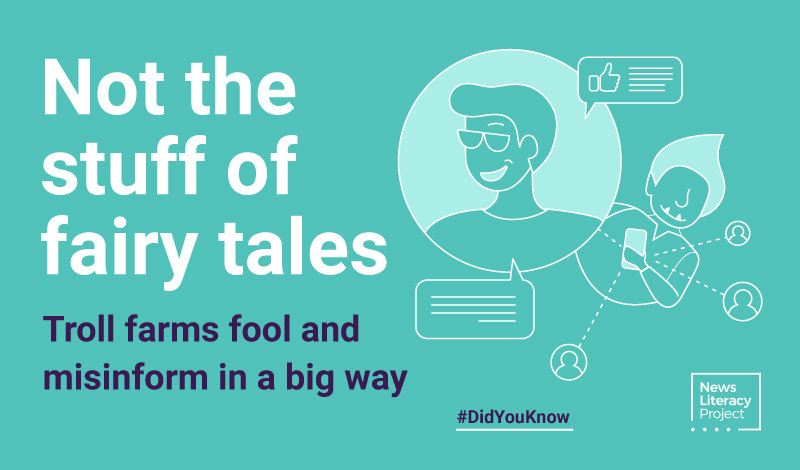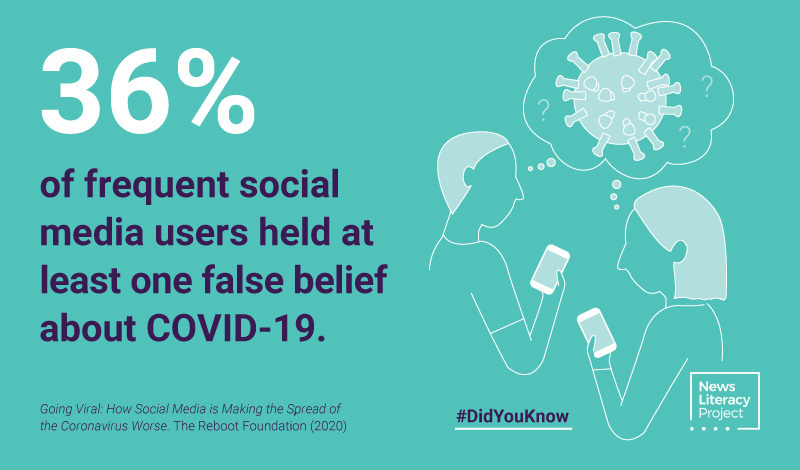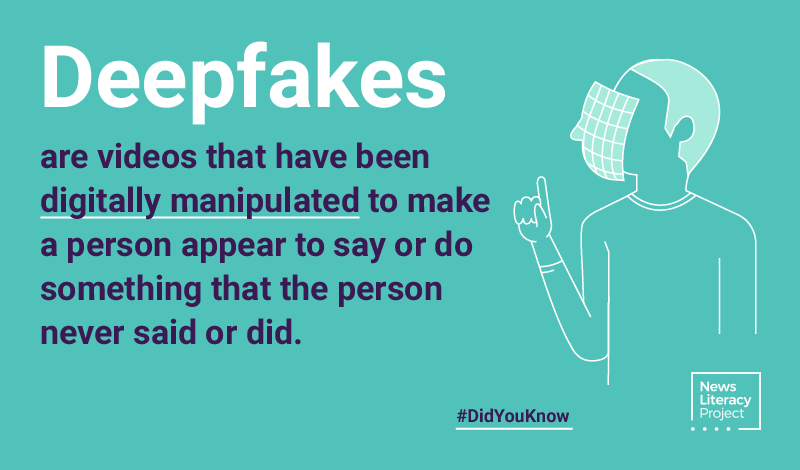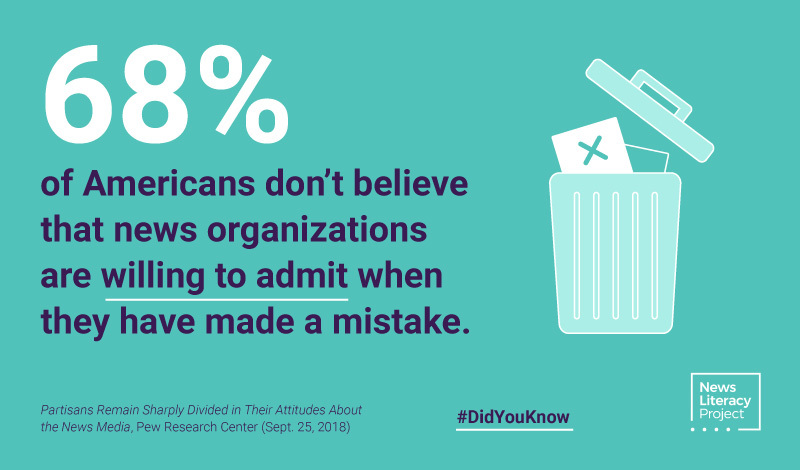
Did You Know?
Native advertising: Big money, but potential problems
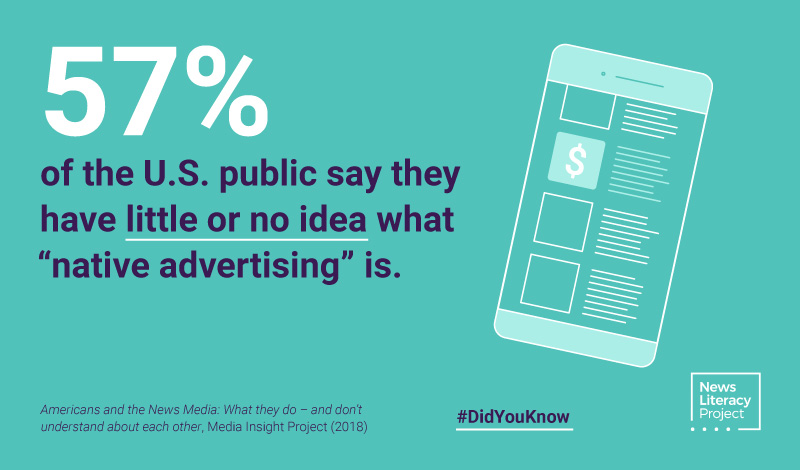
Every industry has its jargon. Lawyers might throw out “prima facie” and expect to be understood; doctors might say ECG and EEG without bothering to explain what they mean.
Journalism has its own words, too. But it’s a worse problem when journalism, an industry whose survival depends on being trusted, uses terms that its customers don’t understand.
In its 2018 study Americans and the News Media: What they do — and don’t — understand about each other, the Media Insight Project asked nonjournalists about several news industry phrases and practices. Among the findings: 57% of the U.S. public say they have little or no idea what “native advertising” is. And only 18% say they are very or completely familiar with the term, which is what journalists call the “sponsored content” that resembles a news article but is paid for by someone trying to sell something.
Worse: People seem unfamiliar with the practice. “Native advertising” is designed to look like news, so people can be tricked into reading what they think is straight reporting. But sponsored content has become a moneymaker for outlets, which means that such marketing is here to stay.
The Society of Professional Journalists’ ethics code pulls no punches: “Distinguish news from advertising and shun hybrids that blur the lines between the two. Prominently label sponsored content.”
But how? In a 2018 article for Nieman Reports, a publication of Harvard University’s Nieman Foundation, Jake Batsell — a former journalist and an associate professor of journalism at Southern Methodist University — offers guidelines for steps the industry can take to maintain trust with its audience when it comes to ads that might look like real news articles.
Batsell visited media outlets to learn how they explain these ads to their audience. Labeling, it seems, is a good answer: The content that is most clearly labeled as advertising actually often performs better than content that is more vaguely identified. Batsell also suggests attaching a “What’s this?” link so that visitors can click through to learn that the item is, in fact, a marketing piece.
The Federal Trade Commission has its own rules in place, last updated in December 2015, though Batsell laments that the rules are rarely enforced.
Clear labeling is best, said Sara Catania, who edited JTrust, a “pop-up newsletter” about trust and journalism in 2017 and 2018. She told Batsell that publishers may worry that they will lose public trust “if they reveal the degree to which advertising influences editorial” — but that, “in fact, the opposite is true. If they don’t reveal it, they will be found out, and that’s much worse.”
